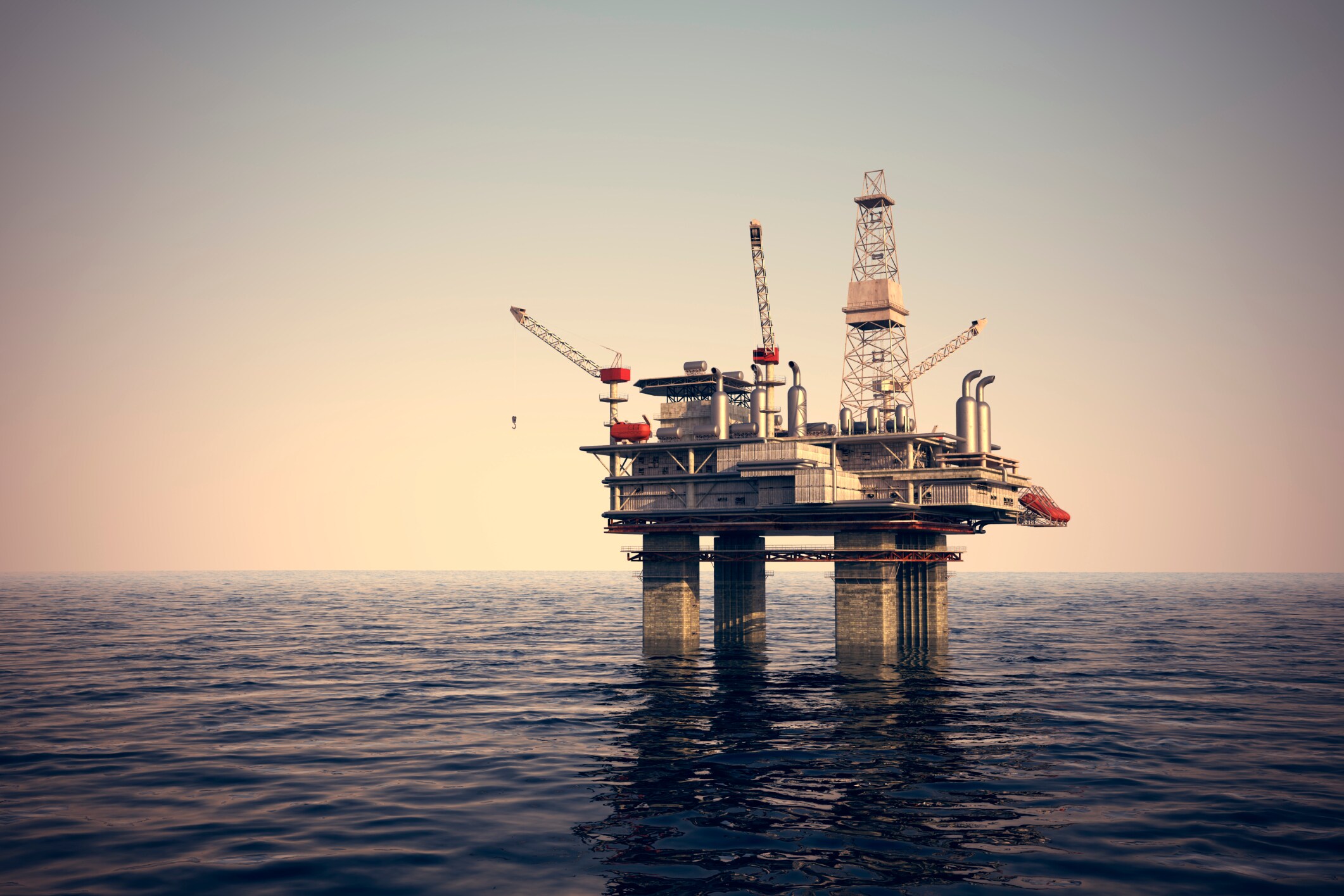Editor’s Note: This is the third article in our Tuesday series, ‘Unconventional Oil Exploration’ 
The oil and gas industry continually seeks out means to explore and extract unconventional resources as supplies from conventional sources appear to be diminishing. In this post in our series on unconventional oil, we’ll discuss ultra-deepwater oil, a source of conventional fuel requiring unconventional production technologies.
Ultra-deepwater Oil Challenges
In the oil and gas exploration and production (E&P) industry, deepwater is defined as water depth greater than 1,000 feet and ultra-deep water is defined as greater than 5,000 feet. Unconventional resources are those that aren’t easily accessible compared to conventionally-produced oil, and ultra-deepwater oil certainly fits this bill. It was once thought nearly impossible to access the oil that lies far beneath the ocean floor, but new seismic and drilling technologies, including drills that can be placed in 10,000 feet of water and drill five miles into the earth, have made ultra-deepwater oil production reality. However, many technologies still need to be developed to make ultra-deepwater oil E&P safe and efficient, including:
- Drilling rigs, platforms, piping, and other equipment that can withstand waves
- Tools to cut and weld metal underwater
- Efficient ways to transport equipment and oil over vast distances of water
- Adequate remediation/decommissioning strategies.
Other issues include the difficulty of maintaining a workforce willing to live under the harsh conditions of the rig. And if you’re talking about the Gulf of Mexico, where an estimated 48 billion barrels of oil are yet to be discovered, there is the problem of how to control the tremendous pressure under which these resources exist, a huge concern since the Deepwater Horizon oil spill of 2010 which poured an estimated 4.9 million barrels of oil into the ocean.
Organizations Involved with Supporting the Industry
The Research Partnership to Secure Energy for America’s Ultra-Deepwater Program works to address the operational issues of hydrocarbon development in water depths of 1,500 meters or more. Their achievements, as stated on their web site, include the following:
- Coil tubing drilling and intervention system has potential to go into offshore subsea wells and intervene using a safer and faster methodology than conventional means.
- Autonomous Underwater Vehicles (AUVs) for deep sea surveillance and subsea maintenance can be deployed quickly to take photographs to determine problems, and return to the surface with the results.
- Due to the hydrate characterization and dissociation strategies project industry engineers have access to new information that helps them design and operate offshore systems in a way that reduces the hazards associated with hydrate formation in flow lines and pipes.
- Ultrasonic measurement device enables viewing in cloudy waters or in the midst of oil spills. This allows workers to “see” through cloudy water to get at a problem and correct it much sooner than industry will otherwise be able to do.
- The effect of climate change on North Atlantic hurricane activity project resulted in a model that can predict the number of storms in any 70 km x 70 km area, and predict the destructive tendencies.
Another organization devoted to Ultra-deepwater oil E&P is the Ultra-Deepwater and Unconventional Natural Gas and Other Petroleum Resources Research Program, launched by the Energy Policy Act of 2005 (EPAct). This public/private partnership manages funding derived from royalties, rents, and bonuses from federal onshore and offshore oil and gas leases, a portion of which is used for research. Many of the leases are for the deepwater region of the Gulf of Mexico. According to the U.S. Department of the Interior press release, 112 such permits were approved in 2012 and 15 potential lease sales are scheduled for the 2012-2017 period, including 12 in the Gulf. Whatever the source of oil, advanced technologies are needed to extract it in the most efficient, safe, and environmentally-sustainable way. Learn about a range of comprehensive solutions for the E&P industry.
Read the entire series:






Leave a Reply